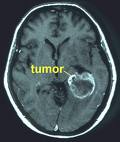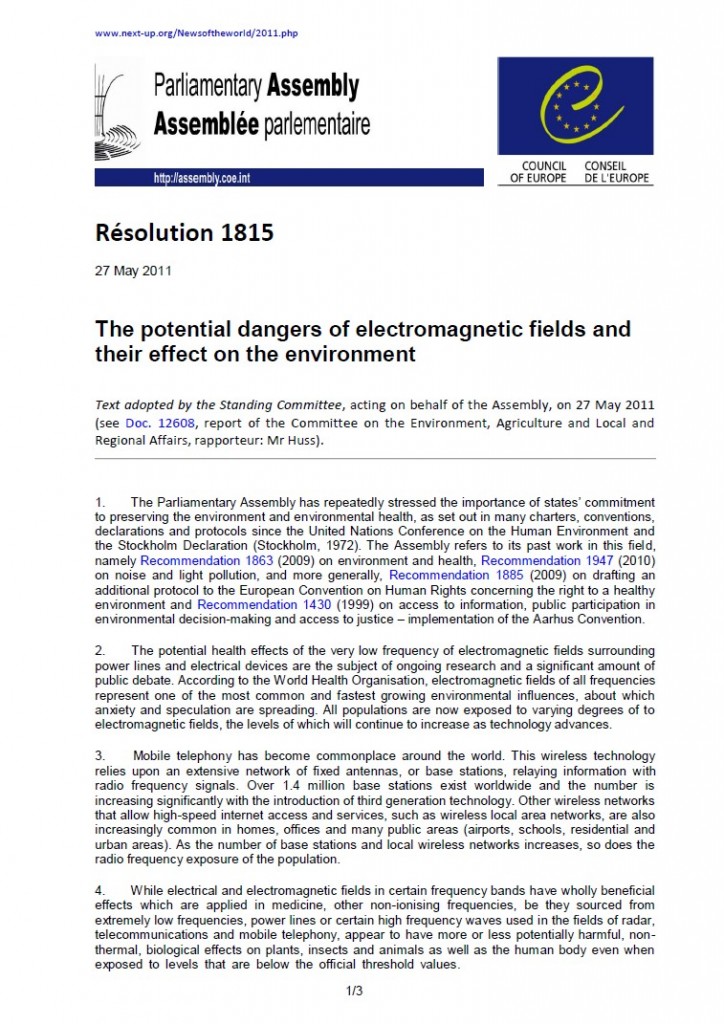Portada del sitio > Estudios Científicos > Cell phones and brain tumors: a review including the long-term (...)
Surgical Neurology, Volume 72, Issue 3, Pages 205-214 (September 2009)

Cell phones and brain tumors: a review including the long-term epidemiologic data
Martes 15 de septiembre de 2009 · 1670 lecturas
Cell phones and brain tumors: a review including the long-term epidemiologic data
Vini G. Khurana, PhD, FRACSab, Charles Teo, MBBS, FRACSc, Michael Kundi, PhDd, Lennart Hardell, MD, PhDe, Michael Carlberg, MSce
Received 23 December 2008; accepted 21 January 2009. published online 31 March 2009.
Abstract
Background
The debate regarding the health effects of low-intensity electromagnetic radiation from sources such as power lines, base stations, and cell phones has recently been reignited. In the present review, the authors attempt to address the following question: is there epidemiologic evidence for an association between long-term cell phone usage and the risk of developing a brain tumor? Included with this meta-analysis of the long-term epidemiologic data are a brief overview of cell phone technology and discussion of laboratory data, biological mechanisms, and brain tumor incidence.
Methods
In order to be included in the present meta-analysis, studies were required to have met all of the following criteria: (i) publication in a peer-reviewed journal; (ii) inclusion of participants using cell phones for ≥10 years (ie, minimum 10-year “latency”); and (iii) incorporation of a “laterality” analysis of long-term users (ie, analysis of the side of the brain tumor relative to the side of the head preferred for cell phone usage). This is a meta-analysis incorporating all 11 long-term epidemiologic studies in this field.
Results
The results indicate that using a cell phone for ≥10 years approximately doubles the risk of being diagnosed with a brain tumor on the same (“ipsilateral”) side of the head as that preferred for cell phone use. The data achieve statistical significance for glioma and acoustic neuroma but not for meningioma.
Conclusion
The authors conclude that there is adequate epidemiologic evidence to suggest a link between prolonged cell phone usage and the development of an ipsilateral brain tumor.
Ver el trabajo completo en pdf
Ver el abstract original AQUÍ







